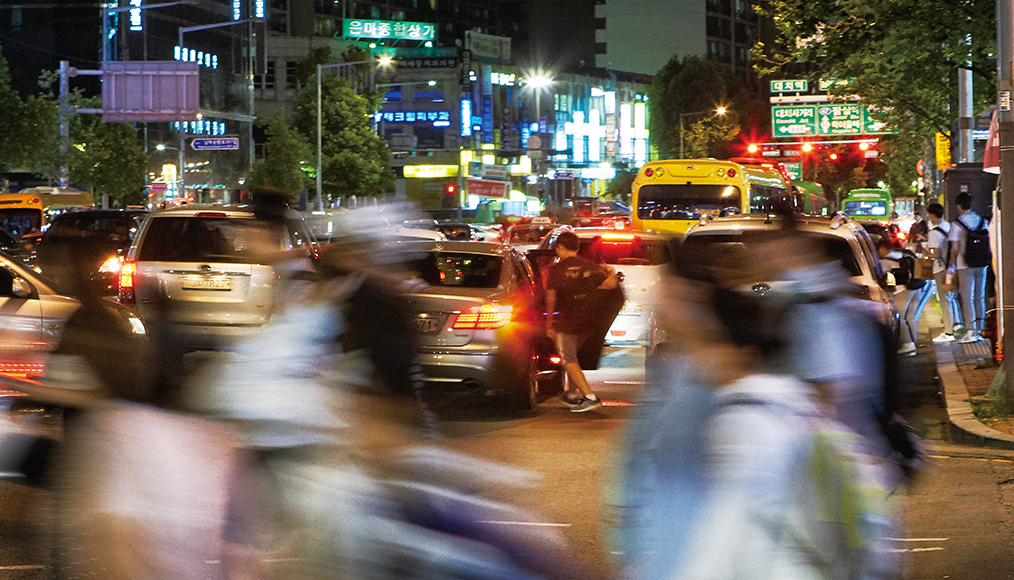
My exams start tomorrow but since the early evening I have been so sleepy that I can’t concentrate. Intending to sleep just one hour and then resume studying, I ask my mother to wake me and lie down. But when I wake up, it’s early morning! Everything before my eyes goes black.
Even these days, I sometimes have this dream of being a young student again and experiencing failure. When I awaken, I feel relieved that I am at an age where I no longer have exams and go back to sleep. But for Korean students today, there is neither relief nor time to sleep.
Occasionally, we hear about people in other countries who envy Koreans’ passion for learning. However, as Korean society came to place utmost importance on academic background and education became a vehicle for career advancement and social mobility, the pursuit of education has turned into a terrifying marathon to reach a top university. Students and their parents are forced into the race known as “entrance exam hell.” The endless competition starts with pre-kindergarten lessons and continues through a series of exams in middle and high school, designed to rank students from first to last. Even after university, the breathless race continues with further exams required to pass in order to study abroad, secure employment and gain other opportunities.
Under this merciless public education system, with its focus on ranking, an environment for private, after-school academies, called hagwon, developed. Their promise of guiding students to higher scores and thus higher rankings is hard to resist. Their fees are often exorbitant, but parents feel pressured to pay them, regarding the expenses as investment in their children’s future.
As a result, education is moving further away from satisfying a thirst for knowledge, and competition becomes increasingly compulsive. Private education costs for elementary and secondary school students reached a record high in 2017, with the annual total amounting to 18.6 trillion won (approx. 17.2 billion U.S. dollars), or a monthly average of 271,000 won (approx. 254 U.S. dollars) per student. The impact of these expenses goes beyond the statistics by the Ministry of Education. While the rising costs represent a huge burden for most families, children from low-income households are put at a particular disadvantage.
The Daechi-dong neighborhood in Gangnam in the southern part of Seoul is the hagwon mecca. At 10 p.m., when all the hagwon end their classes, the roads are jammed with parents arriving to pick up their children. Students pour out of the private cram schools and a 10-minute traffic war ensues. Then all is quiet again.
Confucius said, “They who know the truth are not equal to those who love it, and they who love it are not equal to those who delight in it.” Has his wisdom become an empty phrase now?